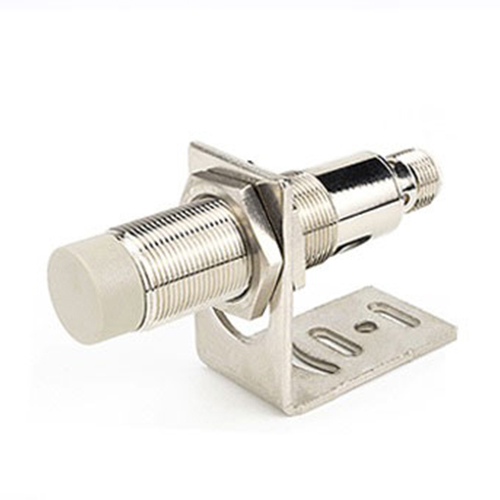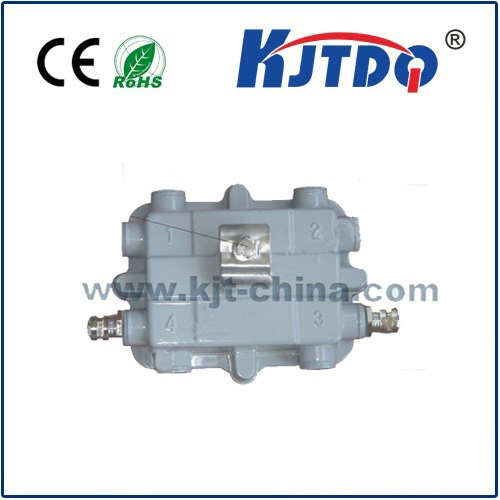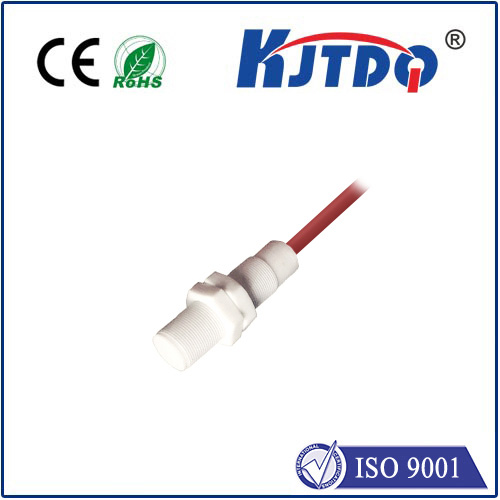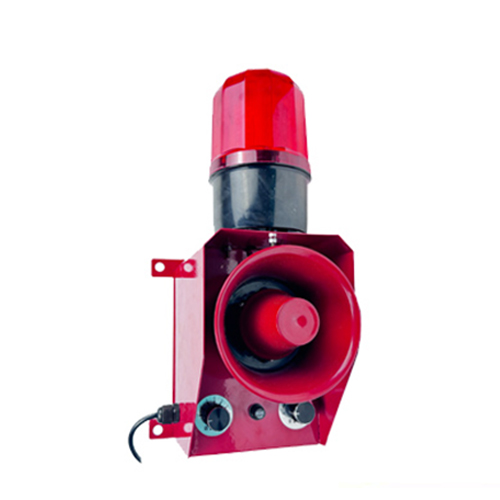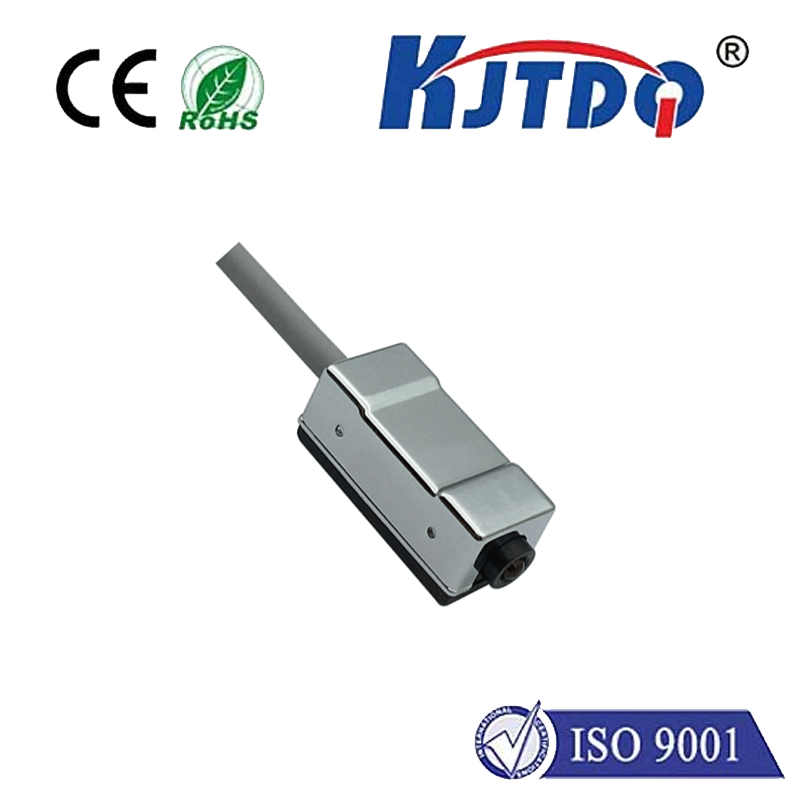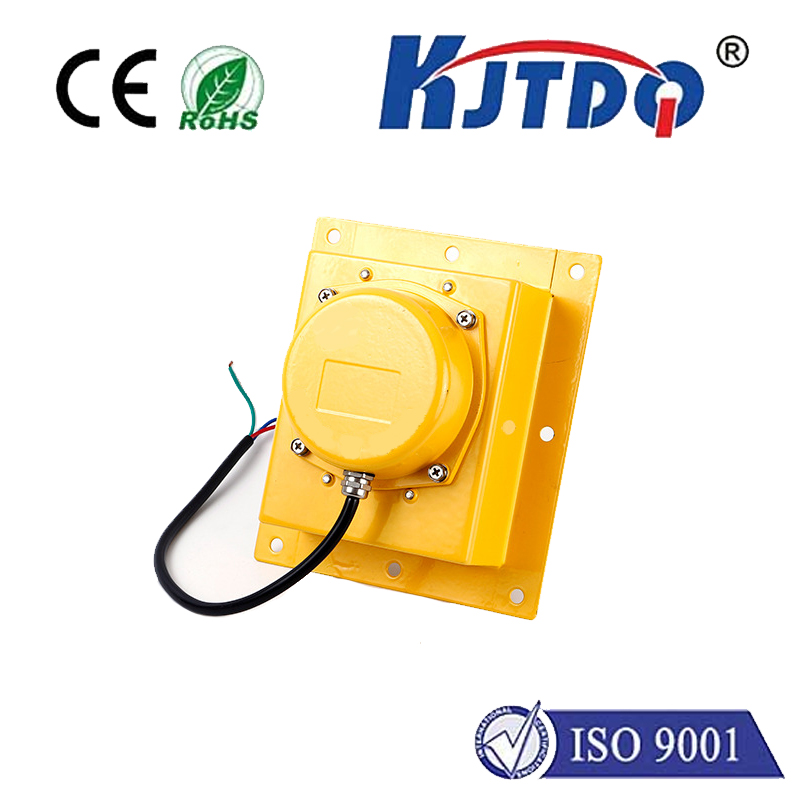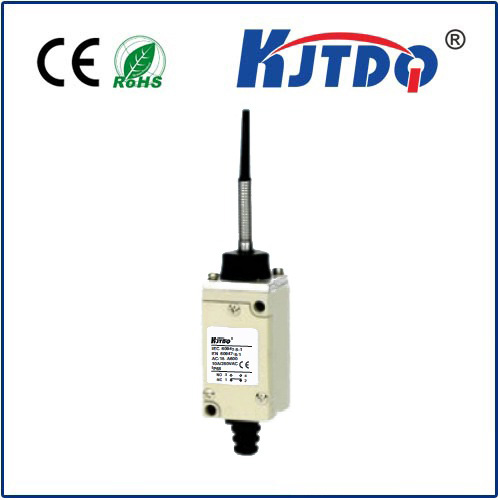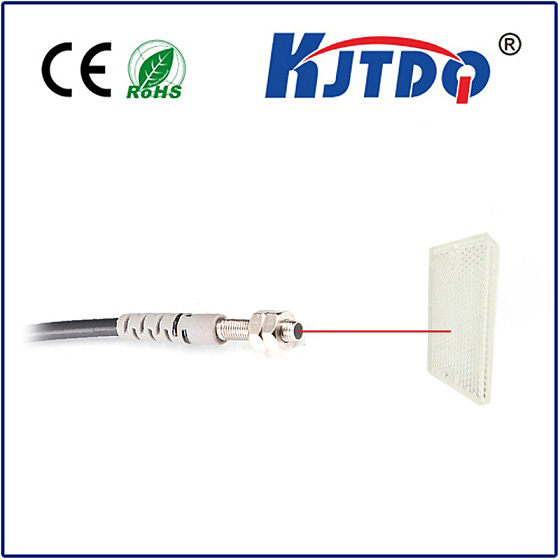
Проверка
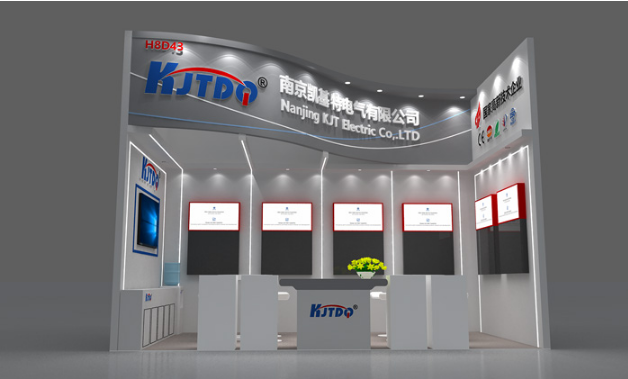
Проверка

Проверка

Проверка

Проверка

Проверка
Imagine a factory humming away, tiny pills whizzing down a conveyor belt destined for blister packs. Accuracy is paramount – every single cavity must receive exactly one pill. How does a machine achieve this seemingly simple, yet critical, task at blistering speeds? Often, the silent hero ensuring this precision is a Фотоэлектрический датчик желобчатого типа, a fundamental and remarkably reliable component in countless automated systems.
Understanding this sensor starts with its defining feature: its physical structure. Unlike self-contained photoelectric sensors that have separate emitter and receiver units or retro-reflective types needing a reflector, the slot sensor integrates both the infrared light emitter and the receiver directly facing each other across a precisely machined, U-shaped gap – the “slot.” This integrated design creates a self-contained detection zone.
The core working principle is elegantly straightforward. The emitter constantly projects an invisible beam of light (commonly infrared) directly across the slot to the receiver. When an object – whether it’s a pill, a PCB, a bottle, a component, or even a person’s finger – passes through this slot, it interrupts the light beam. This interruption is instantaneously detected by the receiver. The sensor’s internal circuitry then reacts, typically by changing its output state (from On to Off or vice-versa, depending on its configuration) to signal the presence of the object. This light beam interruption method forms the bedrock of its operation.

Why choose a slot photoelectric sensor over other types? The integrated slot design confers several significant advantages:
Where do you find these ubiquitous sensors performing their vital duties? Their applications span a vast spectrum of industries:
The operating principle hinges on a clean, uninterrupted optical path. Dirt, dust, oil mist, or physical debris accumulating within the slot itself can potentially block the light beam even when no target object is present, leading to false signals. Therefore, while robust, slot sensors work best in environments where the slot aperture can be kept relatively clean, or where they are positioned to minimize direct exposure to heavy contamination. Regular maintenance checks are prudent for optimal performance.
Key components within the sensor housing include the IR LED emitter, the phototransistor or photodiode receiver, optical elements (lenses or apertures) to focus the beam, and the electronic circuitry to power the emitter, condition the receiver signal, and control the output switching. Modern sensors often feature ambient light immunity, reverse polarity protection, short-circuit protection, and various output types (NPN/PNP transistor, relay, analogue) to suit different control systems.
In conclusion, the slot photoelectric sensor is a testament to elegant engineering solving a fundamental need: reliable, precise, non-contact object detection. Its integrated slot design, offering immunity to surface variations, high precision, inherent stability, and ease of use, makes it an indispensable tool across countless automated processes. From ensuring pharmaceutical accuracy to safeguarding security and driving high-speed manufacturing, these unassuming devices are truly the precision guardians of the automated world, quietly enabling efficiency and reliability one beam interruption at a time. Their role in detecting the presence or absence of objects with speed and certainty remains foundational to modern automation. Understanding the core principle of light beam interruption within the U-shaped gap unlocks the power of this versatile technology.
